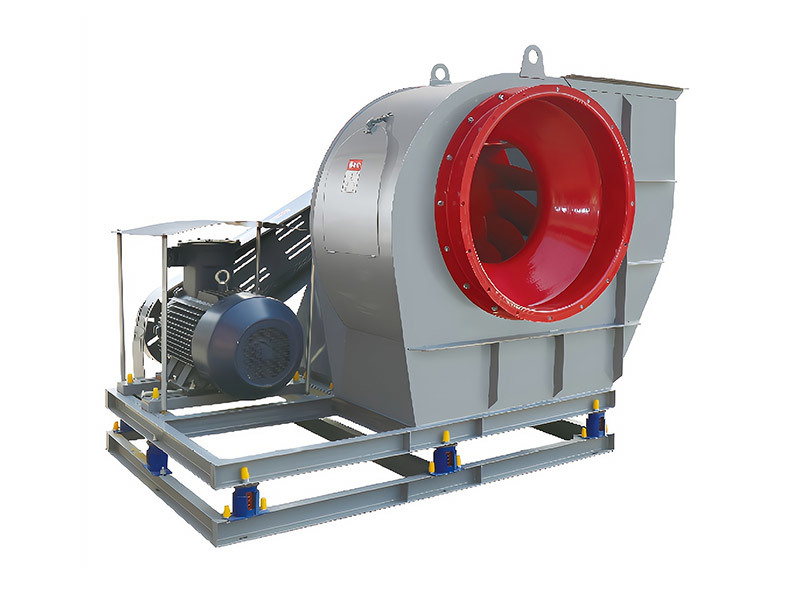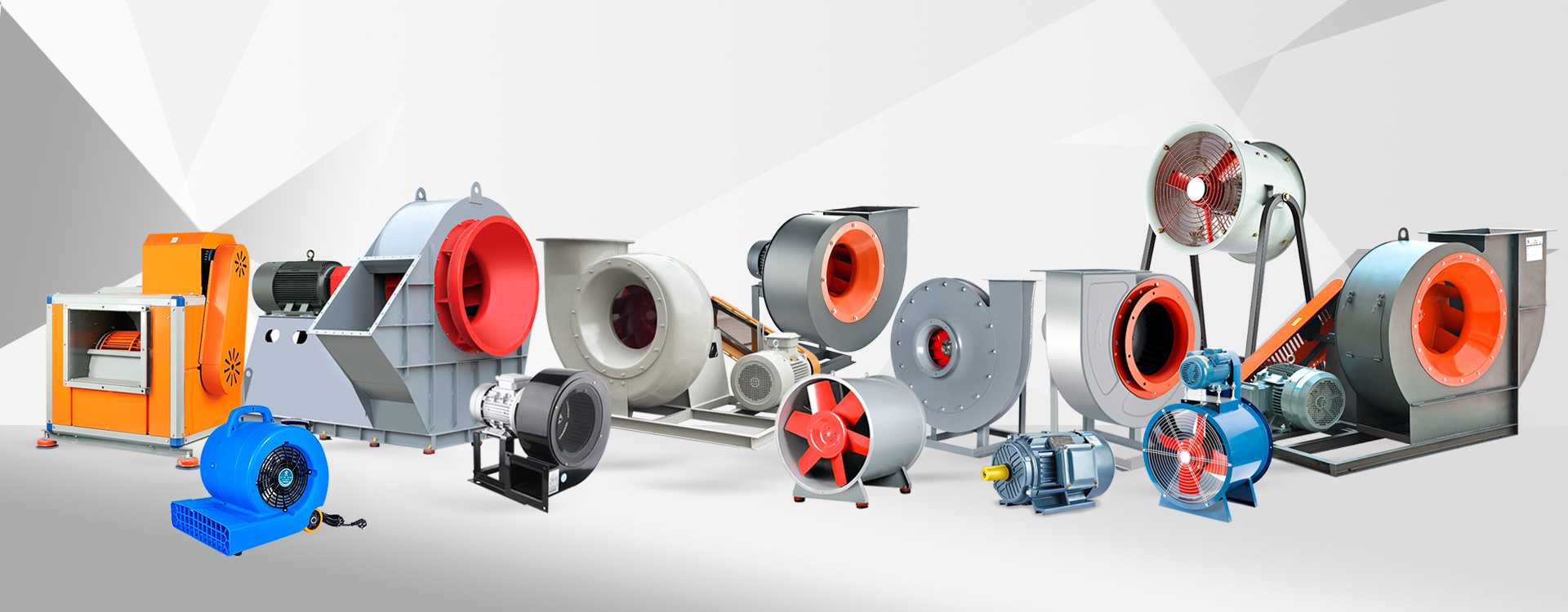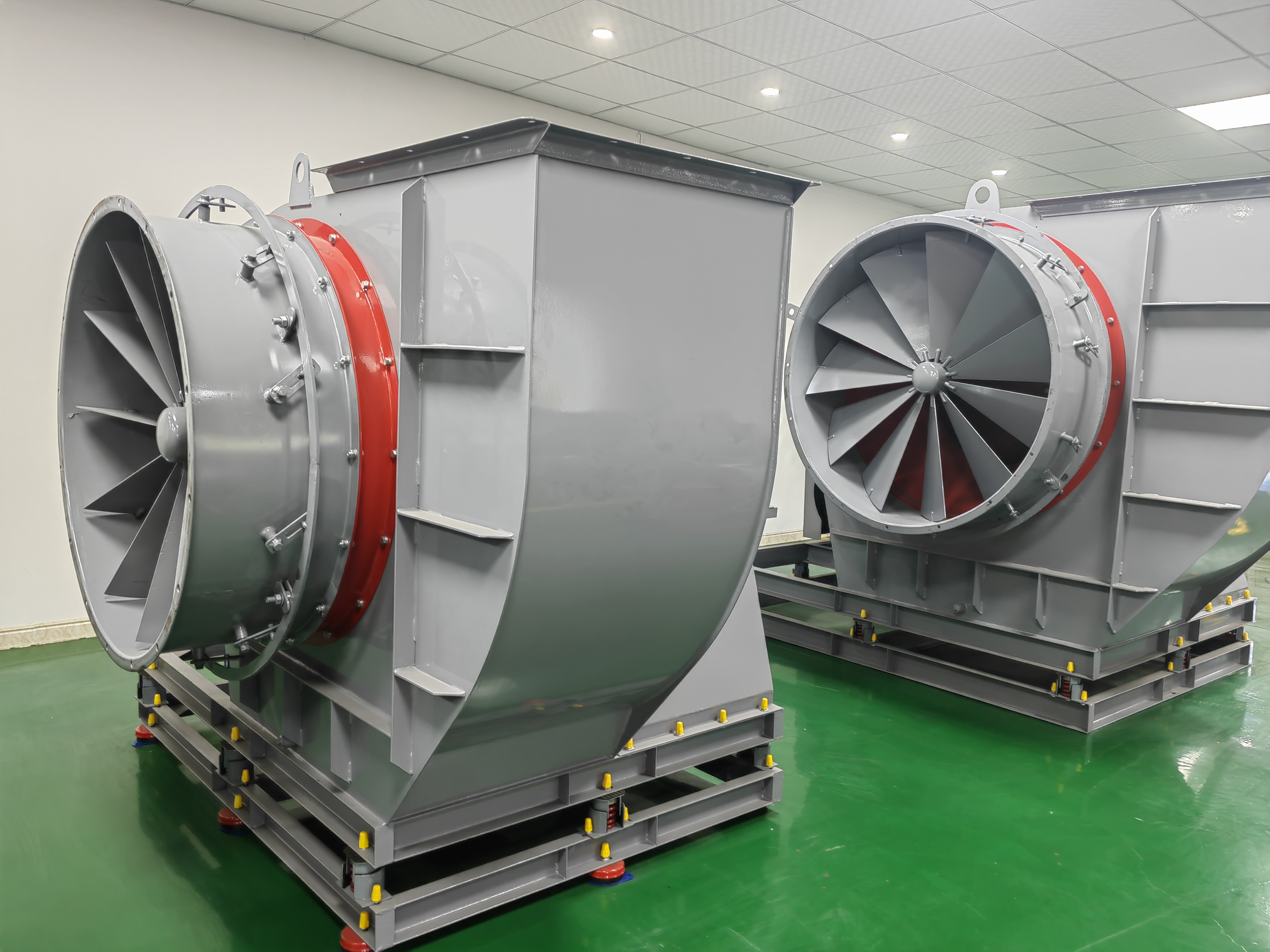Maintenance Tips for Centrifugal Fan Belt Transmission: Tension Adjustment+Wear Inspection
Belt drive is essential for centrifugal fans, impacting their efficiency and lifespan. A standard system includes a drive motor, driving wheel, driven wheel, belt, and tensioning device. Research indicates that 70% of belt failures result from improper tension and wear, while regular maintenance can triple belt life and cut fan energy consumption by 5%-15%.
Wear type and judgment criteria
| Wear type | characterization | decision threshold | disposal measures |
|---|---|---|---|
| Even wear | The belt thickness is reduced uniformly, with an intact tooth surface. | Remaining thickness ≥ 70% of original thickness | Continue to use and strengthen monitoring |
| Localized wear | One side or local tooth surface wear of the belt | Wear depth>0.5mm | Replace the belt and check for alignment |
| Cracking and wear | Cracks appear on the belt's surface. | Crack density>3 cracks/cm ² | Replace immediately and investigate overload cause. |
| Peel off wear | Separation of belt cover layer and core wire | Peel off area>10% | Replace the belt and check wheel groove wear. |
Inspection tools and methods
Visual inspection:
Inspect suspicious areas on the belt's surfaces using a strong flashlight and a 5x magnifying glass, and measure wear depth with a vernier caliper.
Non contact detection:
Infrared thermal imager detects belt temperature; alert if rise exceeds 15℃. Ultrasonic detector captures abnormal noise from belt-wheel friction; pay attention if frequency exceeds 20kHz.
Deep detection:
Belt section analysis: After sampling, observe the fracture of the core wire with a metallographic microscope. Hardness testing: Use a Shore hardness tester, and if the hardness drops by more than 15%, it needs to be replaced.

Adjusting tools and steps
Tool selection:
Spring scale: accuracy ± 2%, suitable for rapid on-site testing
Laser alignment instrument: detects axis alignment with an error of ≤ 0.1mm.
Belt tension meter: piezoelectric sensor, directly displays tension value
Adjustment process:
Step 1: Loosen the fixing bolts of the motor base and reserve adjustment space
Step 2: Use a tension meter to apply a vertical force at the belt midpoint and record the value.
Step 3: Adjust the motor position using the screw or gasket, with adjustments ≤ 0.5mm.
Step 4: Retest tension force until it is within ± 5% of the target value.
Step 5: Tighten bolts and verify alignment and tension force.
Key control points:
For every 10 ℃ change in temperature, adjust tension force by ± 3% due to thermal expansion and contraction.
After 24-48 hours of operation, the new belt requires re-tensioning.
Centrifugal fan belt drive maintenance should adhere to the "three precision principles": precision adjustment, fine inspection, and precise management. Proper tensioning, systematic wear checks, and data management can enhance transmission efficiency and reduce unplanned downtime. Maintenance strategies should be dynamically optimized according to equipment conditions, shifting from passive maintenance to active prevention.
Tag:
Recommend News












